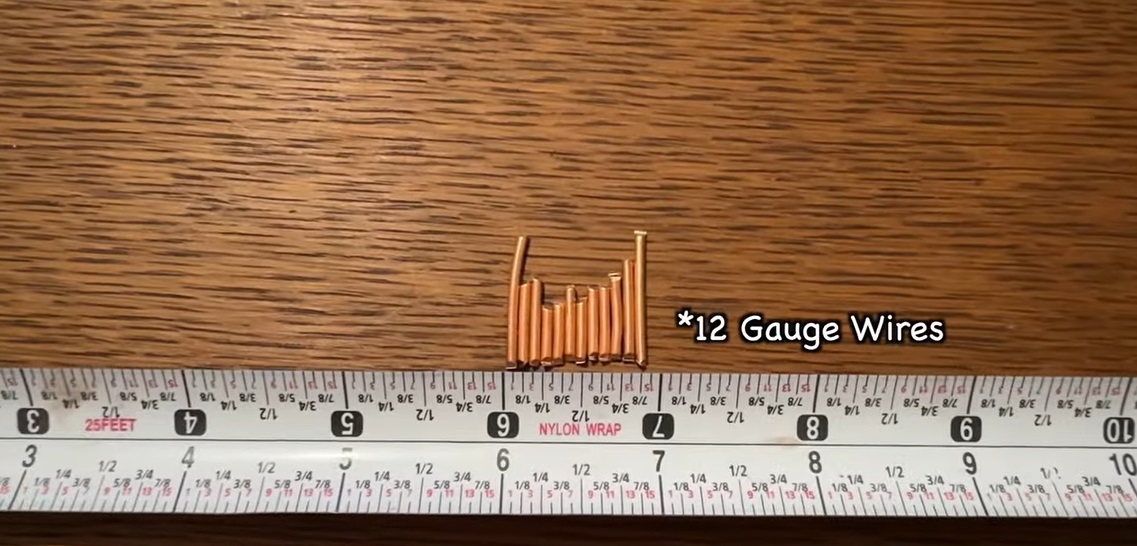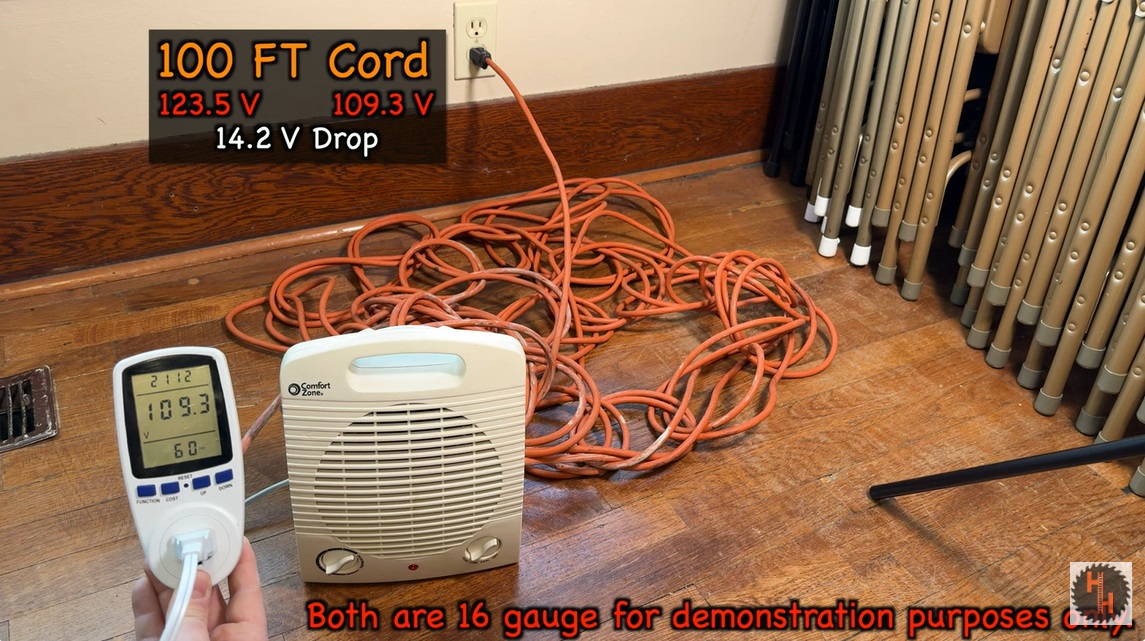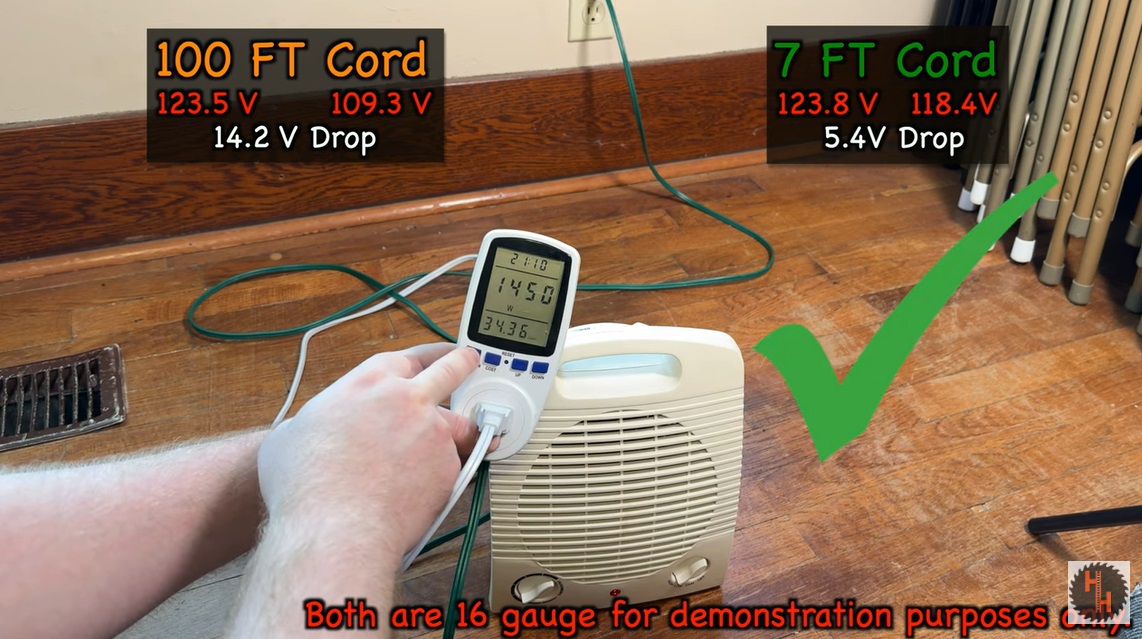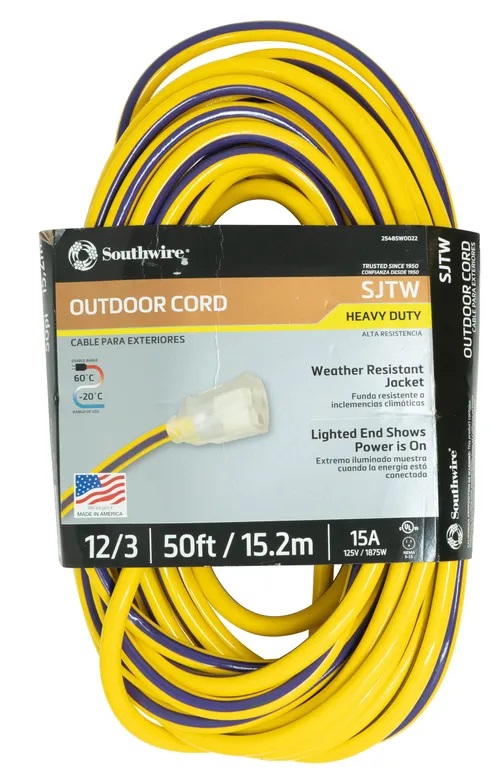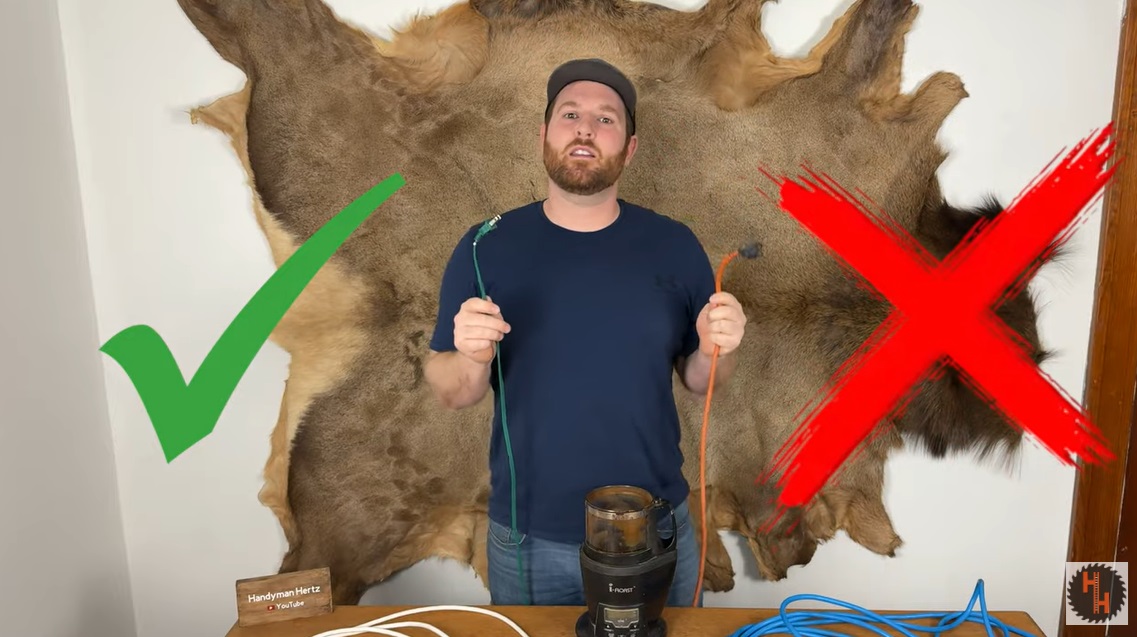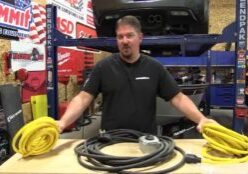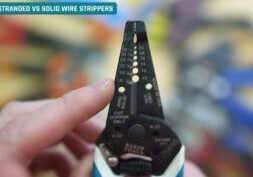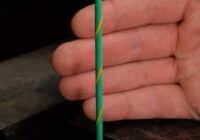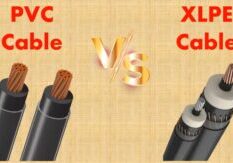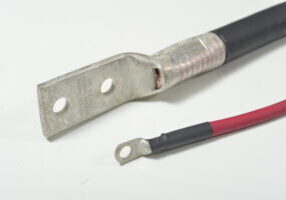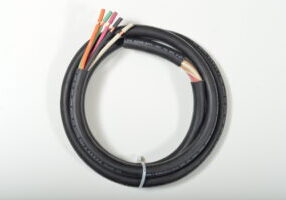
Sep 17, 2024
3 Things to Understand about Portable Extension Cords
Portable extension cords are essential tools in everyday electrical tasks, used both at home and on job sites. However, selecting the right extension cord is crucial to ensure safety, optimal performance, and longevity of both the cord and the connected equipment. The three main factors to consider when choosing an extension cord are gauge, length, and whether the cord is designed for indoor or outdoor use. This guide will walk you through the key considerations for selecting the right extension cord, along with practical advice to avoid common pitfalls.
Understanding Wire Gauge
The gauge of the wire inside an extension cord refers to its thickness and is denoted by a number in American Wire Gauge (AWG) units. The thickness of the wire is critical because it directly affects the cord’s ability to handle electrical load (measured in amps). As a general rule, the lower the AWG number, the thicker the wire, and the more current it can carry.
Here’s a breakdown of common wire gauges and their amp ratings:
- 18 AWG: Ideal for light-duty applications, such as powering lamps, clocks, or chargers. Maximum amp rating: 10 amps.
- 16 AWG: Suitable for medium-duty applications, like powering fans, televisions, or small appliances. Maximum amp rating: 13 amps.
- 14 AWG: Best for heavy-duty use, including powering air compressors, space heaters, or other power-hungry tools. Maximum amp rating: 15 amps.
- 12 AWG: For extra heavy-duty use, often used in construction or industrial environments. Maximum amp rating: 20 amps.
Choosing the Right Gauge
To select the right gauge, you need to consider both the power requirements of the devices you plan to use and the length of the cord. If you try to run high-powered tools or appliances on an extension cord that’s too thin (with a high AWG number), the cord could overheat, posing a fire hazard. Always err on the side of caution by choosing a lower gauge number for demanding applications.
For example, if you’re plugging in a power tool that requires 15 amps, using a 16 AWG cord would be dangerous, especially for long-term use. A 12 or 14 AWG cord would be safer for such a tool.
The Impact of Length
The longer the extension cord, the more resistance it offers, leading to voltage drop. This means that longer cords will lose some voltage as electricity travels from the outlet to the device. This is why length is a critical consideration when choosing the right extension cord.
As the length of the cord increases, the wire gauge must also decrease to compensate for the added resistance. For example, a 50-foot extension cord may work fine for a 15-amp tool if the wire is 12 AWG, but a 100-foot cord of the same gauge may struggle to maintain sufficient power for the same tool. The general rule is that the longer the cord, the thicker the wire needs to be.
Voltage Drop Explained
Voltage drop occurs when the current flowing through a wire meets resistance, causing the voltage to decrease. This can lead to tools or appliances underperforming, overheating, or even getting damaged. Here’s how to avoid voltage drop based on the extension cord length:
- Up to 25 feet: Use a cord that’s at least 16 AWG for light-duty tasks, but 14 AWG is recommended for most heavy-duty work.
- 25-50 feet: For moderate distances, use a cord that’s 14 AWG or 12 AWG, depending on the power demand.
- 50-100 feet: At this distance, it’s safer to use a 12 AWG or even a 10 AWG portable cord for very high-power devices.
- Over 100 feet: Long cords like this should be 10 AWG or heavier, especially when powering large tools or high-wattage devices.
Indoor vs. Outdoor Use
Not all extension cords are built for outdoor use, and using an indoor cord outside can be dangerous. Here’s how to determine whether an extension cord is designed for indoor or outdoor use:
- Indoor Extension Cords: These are typically lighter, less durable, and lack the insulation required to withstand weather elements, UV rays, or exposure to moisture. Indoor cords often use thinner insulation and are intended for light-duty tasks, such as plugging in lamps or small household electronics. They are not suitable for rough environments or heavy-duty work.
- Outdoor Extension Cords: Outdoor cords are built to be durable, with thicker insulation and materials that can handle temperature extremes, moisture, and UV exposure. They often have a rugged exterior and are designed for heavy-duty equipment like power tools or generators. Look for cords with a rating of SJTW or SJEOW, indicating weather-resistant materials.
Key Differences in Construction
- Weather Resistance: Outdoor cords are made to withstand temperature extremes, UV radiation, and moisture. The insulation on these cords is thicker and often rubberized to prevent cracking or splitting.
- Durability: Outdoor cords have more robust construction to handle rough surfaces, abrasion, and general wear and tear from being dragged around on job sites or in gardens.
- Grounding: Many outdoor cords are grounded, featuring a third prong in the plug that connects to a ground wire inside the cord. This helps prevent electrical shock and makes the cord safer to use in wet or unpredictable environments.
Ratings to Look For
Extension cords have specific ratings that indicate whether they’re suitable for indoor or outdoor use. These ratings are printed on the cord’s jacket:
- S: General-use cord (indoor).
- J: Cord with standard insulation.
- T: Thermoplastic insulation (often found in cheaper indoor cords).
- W: Weather-resistant (outdoor use).
- O: Oil-resistant insulation (suitable for use around heavy machinery or automotive applications).
When shopping for an outdoor extension cord, always check for the W rating, which ensures it can withstand wet or rainy conditions. If you need a cord for especially cold environments, the O rating is important because oil-resistant insulation is less likely to crack in freezing temperatures.
Plug Design and Configuration
Another important factor when selecting an extension cord is the design of the plug. The most basic cords have two-pronged, non-polarized plugs, while more advanced cords feature three-pronged plugs with grounding. Grounded cords are safer and should be used for heavy-duty tasks, especially when working with power tools.
Polarized and Grounded Plugs
- Polarized Plugs: These have one prong slightly larger than the other, ensuring that the plug can only fit into an outlet one way. This design helps maintain the correct polarity, improving safety when using the cord.
- Grounded Plugs: These feature a third prong, which connects to a ground wire. Grounding helps prevent electrical shock by directing any stray current safely into the ground. Always use grounded cords for heavy-duty tasks and when powering high-wattage equipment.
GFCI Protection
For outdoor use, or in areas where the cord may come into contact with water (like a garden or job site), it’s essential to choose a cord with Ground Fault Circuit Interrupter (GFCI) protection. GFCI plugs automatically shut off power when they detect any imbalance between the hot and neutral wires, which can happen if water gets into the circuit or if there’s a short. This feature can be a lifesaver in wet or hazardous environments.
Safety Tips for Extension Cords
- Do not overload: Never plug more devices into an extension cord than it is rated for. Overloading can cause overheating and fires.
- Avoid daisy-chaining: Don’t connect multiple extension cords to each other. This increases the chance of voltage drop and overheating.
- Inspect cords regularly: Check for wear, fraying, or damage to the insulation, especially on outdoor cords. Replace any cords that show signs of damage.
- Keep cords dry: Always ensure outdoor cords are kept dry, and never use an indoor cord outdoors in wet conditions.
- Store properly: To extend the life of your extension cords, coil them neatly and store them in a cool, dry place. Avoid wrapping cords too tightly or bending them sharply, as this can damage the internal wires.
Conclusion
Selecting the correct portable extension cord is crucial for ensuring safety, protecting your devices, and getting the job done efficiently. The key factors to consider are the wire gauge (which determines how much current the cord can handle), the length (which affects voltage drop), and whether the cord is rated for indoor or outdoor use.
Always choose a cord that is rated for the power requirements of the tools or appliances you’re using and consider the environment in which the cord will be used. By taking the time to select the right cord for your specific needs, you’ll not only prevent potential hazards but also ensure a longer lifespan for both the cord and your equipment.
Use SJOOW and SOOW portable cord to make your own extension cords >>

